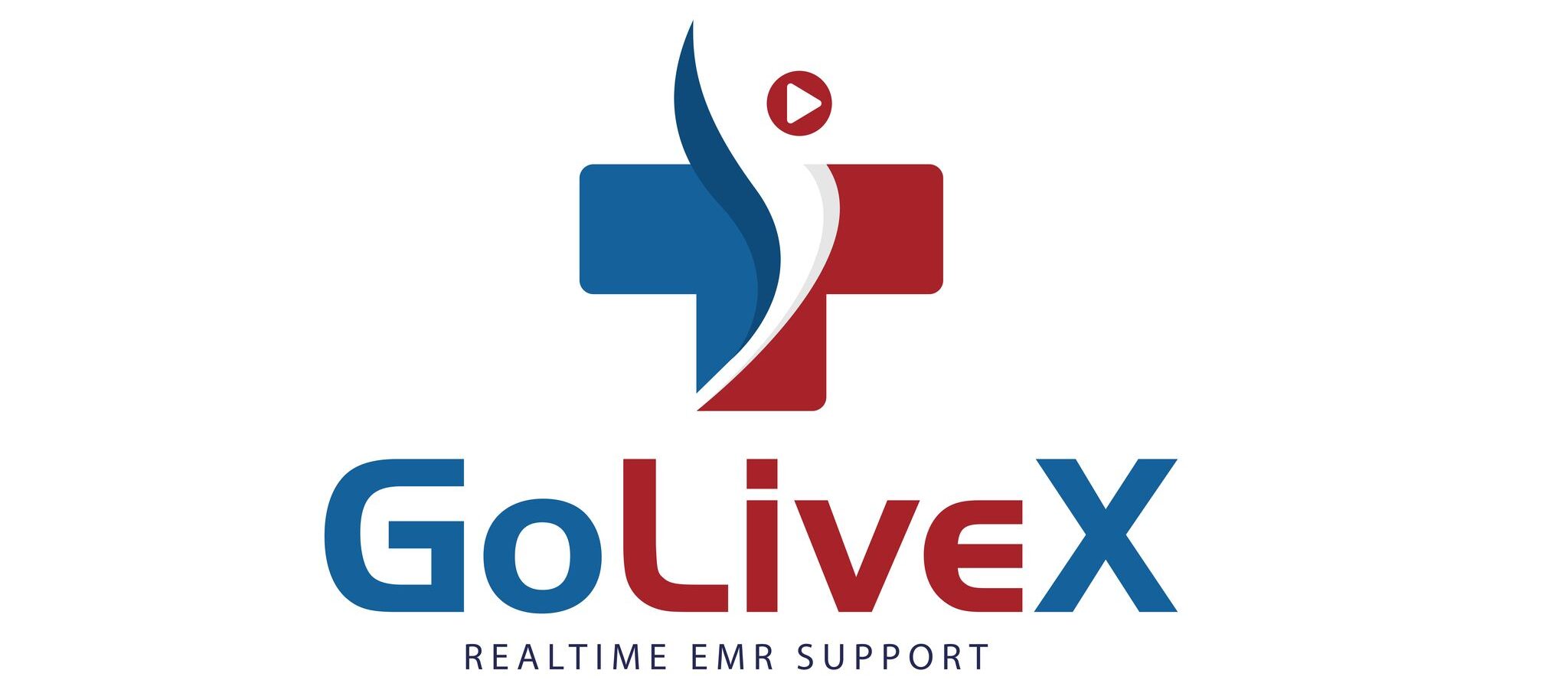
They served us once, but now they slow us down. It’s time to let go and log in anew.
There was a time when those hulking servers and creaking interfaces felt like safe, trusted companions that held patient stories in yellowed fields and familiar menus. We learned their quirks. We memorized their workarounds. We even loved them in a clumsy, grateful way.
Then the pages grew thin. The bugs multiplied. The clicks multiplied. Nurses learned to shield patients from the glare of a screen; doctors rehearsed apologies for time spent staring at menus instead of eyes. What once felt like home became a house of echoes, every delay an old ghost, every downtime a haunted ward.
This is the ache of legacy, the slow grief organizations carry when the systems that cradled care start to break the promise of it.
Small tragedies, human scale
Imagine three scenes:
A night-shift nurse scribbles vitals on paper because the server timed out again. She spends an hour later reconciling those notes while the patient sleeps, and the time she could have spent listening to a scared daughter vanishes.
An IT lead watches an end of life database groan under patches, praying a routine update won’t cascade into an outage that forces clinicians to scribble medication doses in ballpoint ink.
A family waits for a transferred imaging report that never arrives on time because the records couldn’t cross systems. They repeat histories in fragmented fragments, each repetition a new wound.
These moments are not technical footnotes. They are lived experiences of fear, fatigue, and lost minutes that turn into missed chances.
Why legacy systems become shackles
- Technical debt: Decades of quick fixes accumulate into brittle infrastructure.
- Siloed data: Records locked in formats that won’t speak to modern tools.
- Workflow mismatch: Old screens force new care into awkward steps; clinicians create workarounds that never make it into training.
- Security risk: Unsupported components and delayed patches invite vulnerabilities.
- Cost creep: Maintenance, downtime, and inefficiency cost more than replacement when tallied in hours and lives.
Legacy is not failure; it is the shadow of choices made under different skies. But shadows lengthen, and at some point you must step into daylight.
Breaking up with grace: a humane playbook
Letting go is technical and tender. Here’s a pragmatic, human-centered path that honors both.
- Start with the stories
- Interview nurses, physicians, clerks, and patients. Map the pain points in their words before you map them in code.
- Audit the truth
- Inventory systems, integrations, data types, customizations, and that hidden folder of “urgent scripts.” Know what you’re leaving behind.
- Define the mission, not just the metrics
- Tie the project to patient safety, clinician time reclaimed, and equity of access, not only cost and uptime.
- Pick a migration strategy that fits your rhythm
- Big Bang? Risky. Phased? Safer. Hybrid? Practicable for many. Match the pace to your people.
- Clean the data like you would a wound
- Deduplicate, normalize, and retire old codes. Garbage in will haunt you in the new system.
- Design around real workflows
- Co-design screens and templates with end users. Remove mandatory fields that only exist to satisfy bureaucracy.
- Train as a relationship, not a class
- Peer mentors, shadow shifts, just-in-time tips. Celebrate tiny wins publicly.
- Build iron-clad fallbacks
- Offline modes, paperless contingency workflows, golden database snapshots, and tested rollback plans.
- Measure what matters
- Minutes at bedside reclaimed, repeat history calls reduced, clinician burnout signaled, and patient wait times not just tickets closed.
- Communicate like you are tending a community
- Transparent timelines, honest risk frames, and daily updates during go-lives. Admit uncertainty; pledge presence.
- Honor the past
- Archive legacy story maps and the “why” behind old customizations. Some practices exist for reasons that matter; keep the wisdom, retire the friction.
When the worst happens: a short survival prayer
If the cutover stumbles, do these things without delay: mobilize the command center, signal clear leadership (not bureaucracy), revert to tested offline protocols, communicate openly to staff and families, and run a focused post-mortem that looks for process, not people, to blame.
The payoff: not just speed, but sanctuary
This is the promise waiting on the other side: fewer interrupted conversations, fewer duplicate histories, dashboards that give meaning instead of noise, and clinicians who can return to the tender work they trained for. EMR modernization is not a vanity upgrade; it’s a moral investment in time, attention, and safety.
When you log in anew, you should feel it: more space to listen, fewer screens between you and someone’s story, and a system that remembers so people no longer have to.
Breaking up with the past is equal parts strategy and compassion.
